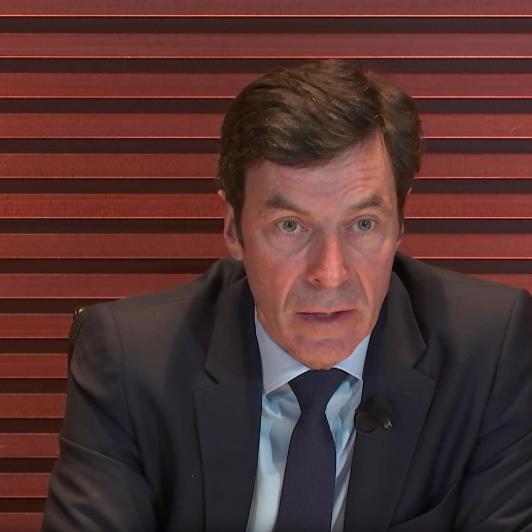Recently, American luxury group Ralph Lauren held its 2025 Investor Day. During the hours-long presentation, the company’s executive team outlined its new three-year growth strategy, titled Next Great Chapter: Drive. Against a backdrop of macroeconomic uncertainty, the Asia-Pacific region, particularly the Chinese market, was repeatedly emphasized as a key growth engine and a strategic testing ground for innovation.
By analyzing the remarks made by Shin Hwee Chua, CEO of Ralph Lauren Asia-Pacific, along with other senior executives, it is clear that Ralph Lauren’s success in the Chinese market is far from accidental. Instead, it stems from what the company internally refers to as “a proven playbook.” This playbook not only nearly doubled China’s revenue over the past three years but is also set to be adopted as a template in other global markets.
In this article, Luxe.CO provides a comprehensive breakdown of Shin Hwee Chua’s speech at Investor Day, offering insights into Ralph Lauren’s strategic positioning, executional details, and future ambitions in China.
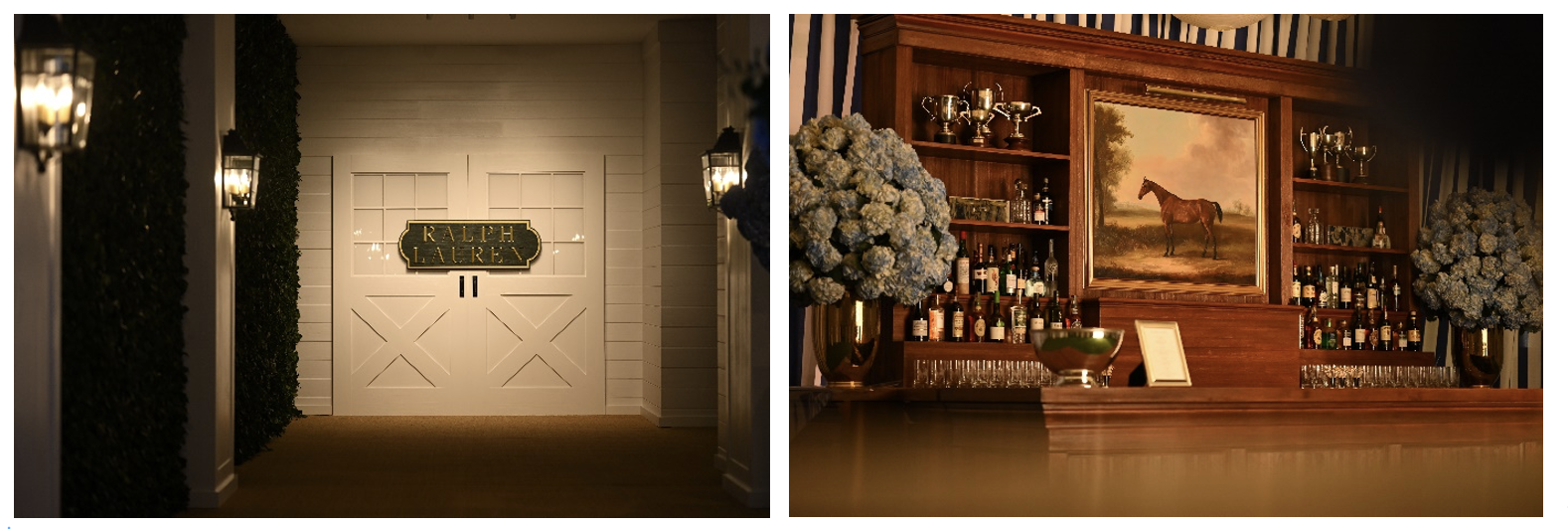
1. Positioning China: An “Outstanding Success Story” and a Replicable “Playbook”
According to the company’s FY2026 Q1 earnings report (for the period ending June 28, 2025), revenue in the Asia-Pacific region grew 21% year-on-year, with sales in the Chinese market increasing by over 30%, once again validating China’s position as a key growth driver.
When asked whether this momentum could be sustained, Shin Hwee Chua gave a confident “yes,” and directly pointed to the source of that confidence—the successful practices already implemented in China.
“Will we maintain this momentum? The answer is yes. Why are we so confident? What gives me this confidence is, in fact, the proven playbook we already have in China. And this playbook can be scaled to other markets.”
“So let’s start here. China. Over the past three years, this has been an outstanding success story. Our sales have nearly doubled, and China’s share of our total revenue has increased from 5% to 8%. During this period, we expanded our operating margin by 15 percentage points, while continuing to invest in brand building, increasing brand awareness, and supporting future growth through innovation.”
“Over the past three fiscal years, we’ve opened 100 new stores here. And these are not just small dual-gender stores. They include iconic stores in key locations and top-tier shopping malls. Today, we have over 250 stores in the Greater China region. Here, we continue to maintain the highest Average Unit Retail (AUR) globally, and of course, we’ve consistently achieved double-digit growth year after year. If we look at the digital front, which we’ve focused on from the very beginning, we are proud to say that we are the number one luxury brand on Tmall, JD.com, and, more recently, on Douyin.”
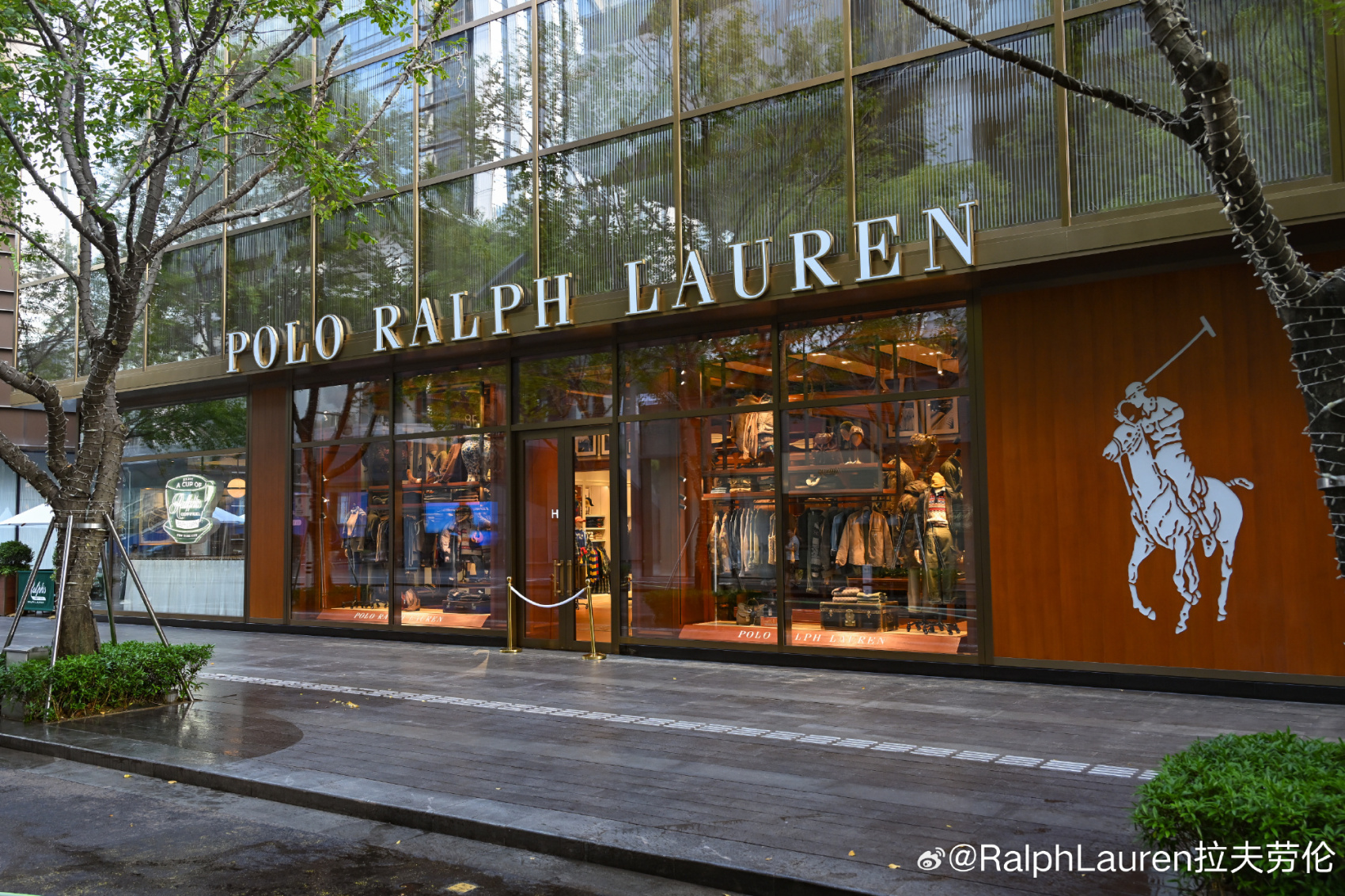
2. The Three Core Elements of the China Playbook: Brand Localization, Full-Funnel Omnichannel Strategy, and Consumer Customization
Shin Hwee Chua went on to break down the specific components of the China “playbook,” summarizing it into three core strategies—amplifying the brand locally, driving conversion across the full funnel, and tailoring our offering to consumers.
— Amplify the Brand Locally
To ensure its brand story resonates in China, Ralph Lauren has employed large-scale, high-impact localized marketing campaigns.
“We know what Ralph Lauren stands for. It’s about aspiration, authenticity, timelessness. And I think the most relevant value today is optimism. We know these values are universal. So when we premiered our Very Ralph documentary in China, it became the biggest campaign ever launched in the market. We went really, really big, because we knew what Ralph Lauren represents would truly resonate—especially if we present it in a strongly localized way.”
“We completely took over Shanghai with a stunning drone show that lit up the beautiful Bund. And of course, we livestreamed it through multiple digital platforms, reaching the hearts of 22 million Chinese consumers. This was a great example of how we successfully leveraged global content and initiatives to make a significant impact at the top of the funnel—boosting brand awareness. That campaign alone increased our awareness by 4 percentage points.”
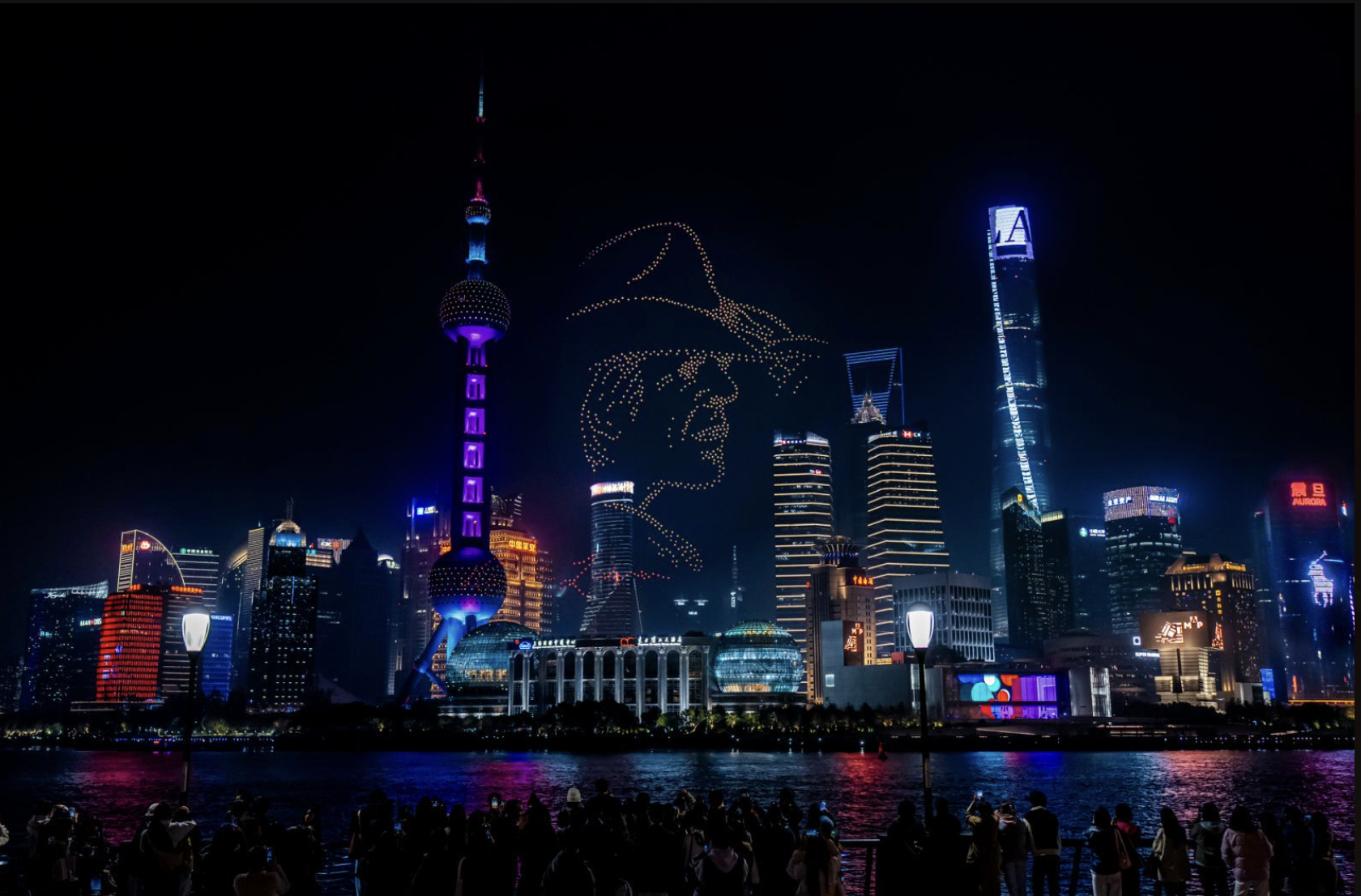
— Drive Across the Full Funnel
In April of this year, Ralph Lauren’s executive brand team traveled to Shanghai to host its first-ever fashion show in Asia—the Spring 2025 runway show. At the same time, the brand launched a “live-shopping” immersive experience.
Shin Hwee Chua commented, “Full-funnel omnichannel execution is key here. In one night, we brought Ralph Lauren’s Hampton runway show not only to over 200 invited VIP guests on-site, but also to 37 million livestream viewers across China. More importantly, this was not just a replica of the show in Shanghai—we added a ‘see now, buy now’ component. We ran a backstage live shopping event where runway models and professional hosts showcased looks that consumers could purchase immediately online. That alone attracted an additional 4 million viewers.”
“We used this brand activation as a content hub—building out assets for different channels from this one event. The result: in the month of the fashion show, our online sales increased by 80%. This full-funnel omnichannel approach and model delivered strong brand and business returns. This is something we can, will, and are replicating in other markets.”

— Tailor Our Offering to Consumers
In the Chinese market, Ralph Lauren has moved beyond its traditional image as a menswear brand and achieved a more balanced business between menswear and womenswear, thanks to deep insights and precise engagement with female consumers.
Shin Hwee Chua said, “Let me talk about how we engage with our key target consumer—women. In China, we have traditionally been perceived as a menswear brand. But since our re-entry into the market, we’ve been very strategic in positioning ourselves to win with female consumers. So we intentionally created dual-gender store formats, prioritized opening stores in shopping malls that attract high-value female consumers, and ensured a balanced assortment of menswear and womenswear.”
“Today, China has the most balanced gender sales mix globally. Chinese women like myself are very active on social platforms like Xiaohongshu and Douyin. So we launched many initiatives and campaigns to reach them where they are, to help increase brand awareness, desirability, and of course, purchase intent among women. Over the past three years, our women’s business in China has achieved a compound annual growth rate (CAGR) of 40%.“
Shin Hwee Chua further elaborated on the strong performance of the handbag category, “I think the momentum and appeal of our handbag business gives us very strong confidence. We are building and growing purchase intent among female consumers, right? Because when a woman thinks about carrying a handbag, she aspires to own the brand. And we see this across all age groups, from my 16-year-old daughter to myself, someone much older. That desire transcends generations. So this is really exciting, and we will continue to build on this to make it a true pillar of our business.”
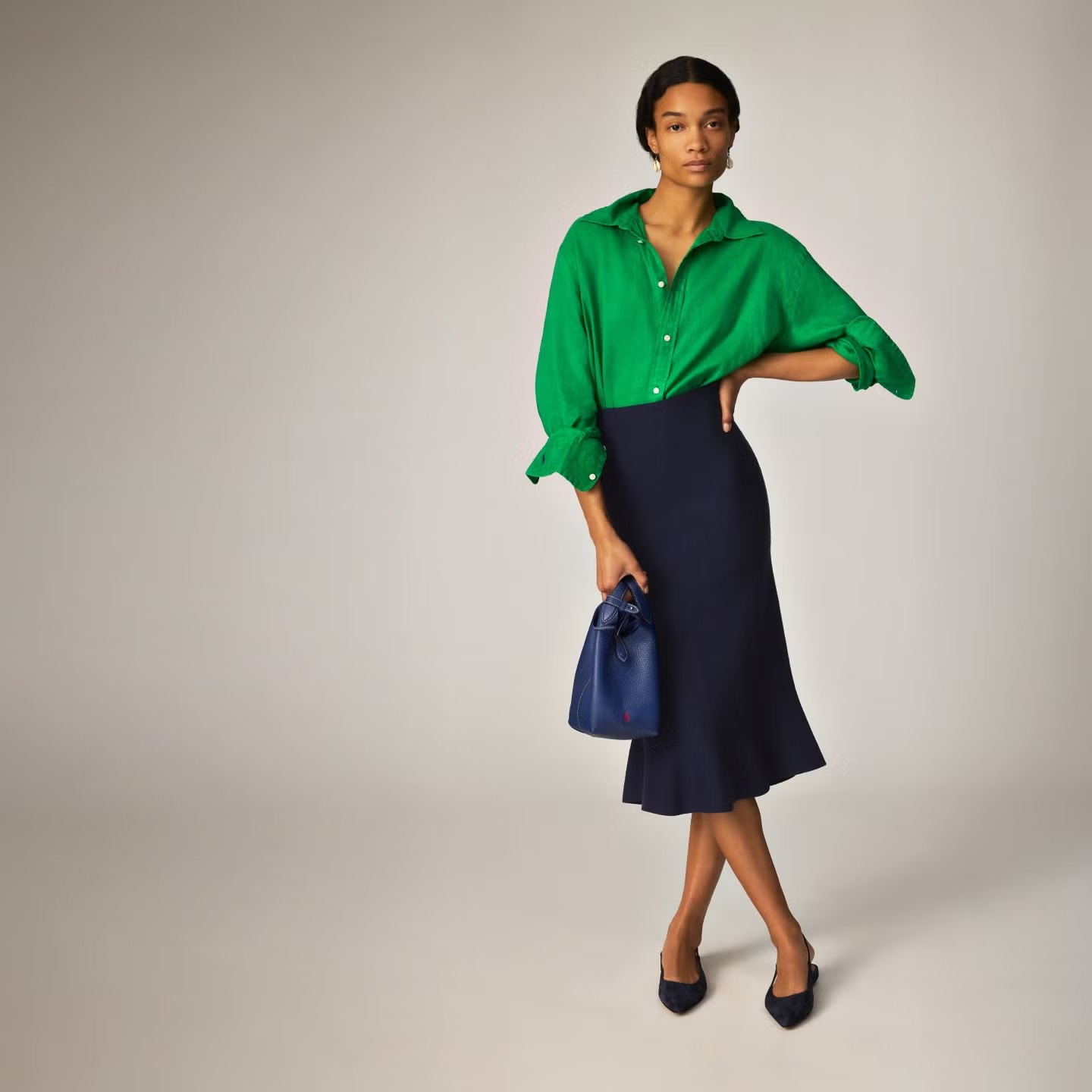
3. The Future of the Chinese Market: Digital Acceleration, Social Commerce, and a “Turbocharger” for Clienteling
Building on its already validated “playbook,” Ralph Lauren is highly confident in the future growth of the Chinese and broader Asia-Pacific markets, with a strong focus on digitalization, social commerce, and customer relationship management.
Shin Hwee Chua stated, “Building on today’s digital success, we are aiming to drive half of our digital acceleration in the Chinese Mainland through social commerce. So when we talk about social commerce, we have to talk about Douyin, which is now Ralph Lauren’s second-largest e-commerce platform in China after Tmall. Our Douyin store launched in April this year. Over the past few months, we’ve seen highly encouraging results, with the vast majority of consumers being new to the brand.”
“Compared to industry benchmarks, our store has achieved a higher average order value and stronger customer engagement, as measured by time spent and click-through rates. But what truly stands out is our approach on Douyin. While other brands focus on pricing and promotions, we focus on bringing our brand story to life and using the platform as a source of style inspiration for Chinese consumers.“
“The opportunity in social commerce doesn’t stop in China. In fact, we know this. It’s global, and we will start replicating our success in China across the world,” Chua added.
In addition, in China, the WeChat ecosystem-based e-clienteling system has become a major contributor to the brand’s growth and will be further scaled through AI technologies.
Shin Hwee Chua noted, “Our ability to execute clienteling effectively will be the turbocharger in our Next Great Chapter: Drive strategy. Our DTC (direct-to-consumer) store network across Asia-Pacific gives us the ability to own the customer relationship and unlock first-party data, allowing for more precise customer acquisition.”
“Three years ago, China was the first to launch the company’s inaugural e-clienteling application integrated into the WeChat ecosystem. This app or platform allows our store associates to stay in one-on-one contact with clients, 24/7, if they wish. Naturally, this drives deeper brand connection. The result is, of course, higher customer lifetime value. The capability we’ve built has already contributed one-quarter of our growth in China.“
“So over the next few years, we will invest in technology and data infrastructure to leverage predictive AI to unlock our growing database and drive scaled clienteling across the Asia-Pacific region.”

|Source: Ralph Lauren Investor Day Conference Call
|Image Credit: Ralph Lauren Official Website, Official Weibo
|Editor: LeZhi


